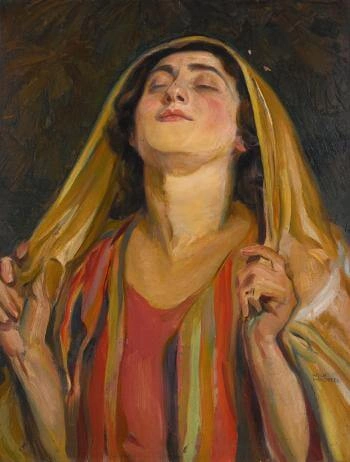
“Faith” technically means “belief,” but it has taken on a thick layer of emotional import in the modern world, at least in terms of religion. Many people could happily entertain intellectual questions about what we believe to be true, but if those questions touch on our “faith” then they suddenly become an “attack.” We also use “faith” to describe the connection we can feel with God during emotionally charged worship services. This idea also filters through to secular uses: when we express “faith” that our favorite football team can win a game, that’s more of an emotional statement than an intellectual one.
One reason for that emotional content may be that Christian churches adopted the word “faith” to mean “accepting something as true even though it can’t be seen or understood.” For instance, the idea that God is one, divided into three persons without being divided. This defies reason, but Christians have long been called on to accept it as a “mystery of faith.” The idea that God the Father is completely loving, but that He requires the blood sacrifice and pleading of Jesus to let anyone into heaven is equally confounding, but is also an article of faith. Since it’s basically impossible to see the truth in these ideas from our minds, we have to simply believe them in our hearts, which makes them into emotional issues.
Swedenborg, however, uses “faith” in a more traditional sense, defining it as “an internal acknowledgement of truth.” That has some connection to the Christian concept of faith - it is truth seen and acknowledged, not necessarily truth that has been reasoned out and proven logically. But it’s not truth that defies logic; instead it is truth that is plain on its face.
Swedenborg is also clear that faith must include charity, or the desire and actual act of doing good to others, and that both act together to be complete. For us too, it is helpful to link faith with faithfulness, to God and to what we do. Swedenborg is consistently opposed to faith-alone: faith that lacks charity and good works.
For reference, and further reading, here are some key sections from Swedenborg's capstone theological work: True Christian Religion 337, 339, 344, 348, 355, 373, 393.
(Referências:
Teachings about Faith 27, The Doctrine of the New Jerusalem Regarding Faith 1, 4, 11, 13, 18, 24, 25)







